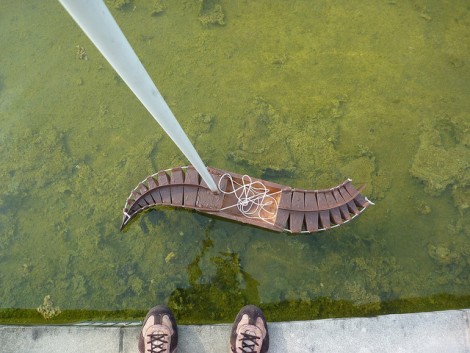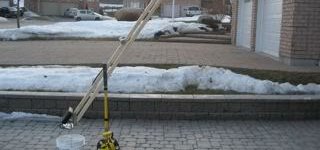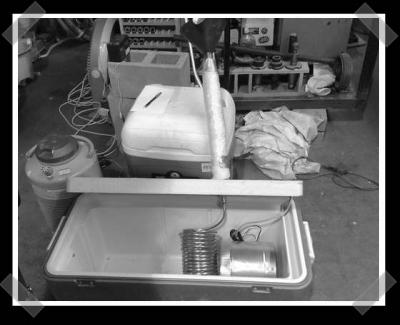
The Protei project aims to develop a robotic solution for oil-spill cleanup. [Cesar Harada] quit what he calls his dream job at MIT to work toward a solution to the ecological disasters that are oil spills. He had previously been working on Seaswarm, a swarm of robots that use conveyor belts of absorbent material to leech oil from seawater. But Protei doesn’t use legions of drones. It aims to use better design to improve the effectiveness of a small number of units.
The whole idea is well described in the video after the break. If a long trailing boom of absorbent material is towed in a serpentine pattern perpendicular to the flow, starting down current and moving upward, it can be quite effective at halting the spread of crude. Initial experiments have shown that a robotic vessel can do this efficiently with just a few improvements. First, to counteract the drag of the tail the rudder of the boat was moved to the bow. Secondly, the hull has been articulated as you can see above. This allows the robot to better utilize wind power to sail, making turns without losing the push of the wind.
The project is raising money through Kickstart as an open hardware project. Let’s hope this becomes a cheap and effective way to fix our costly drilling mishaps. Continue reading “Protei: Articulated, Backward Sailing Robots Clean Oil Spills”















